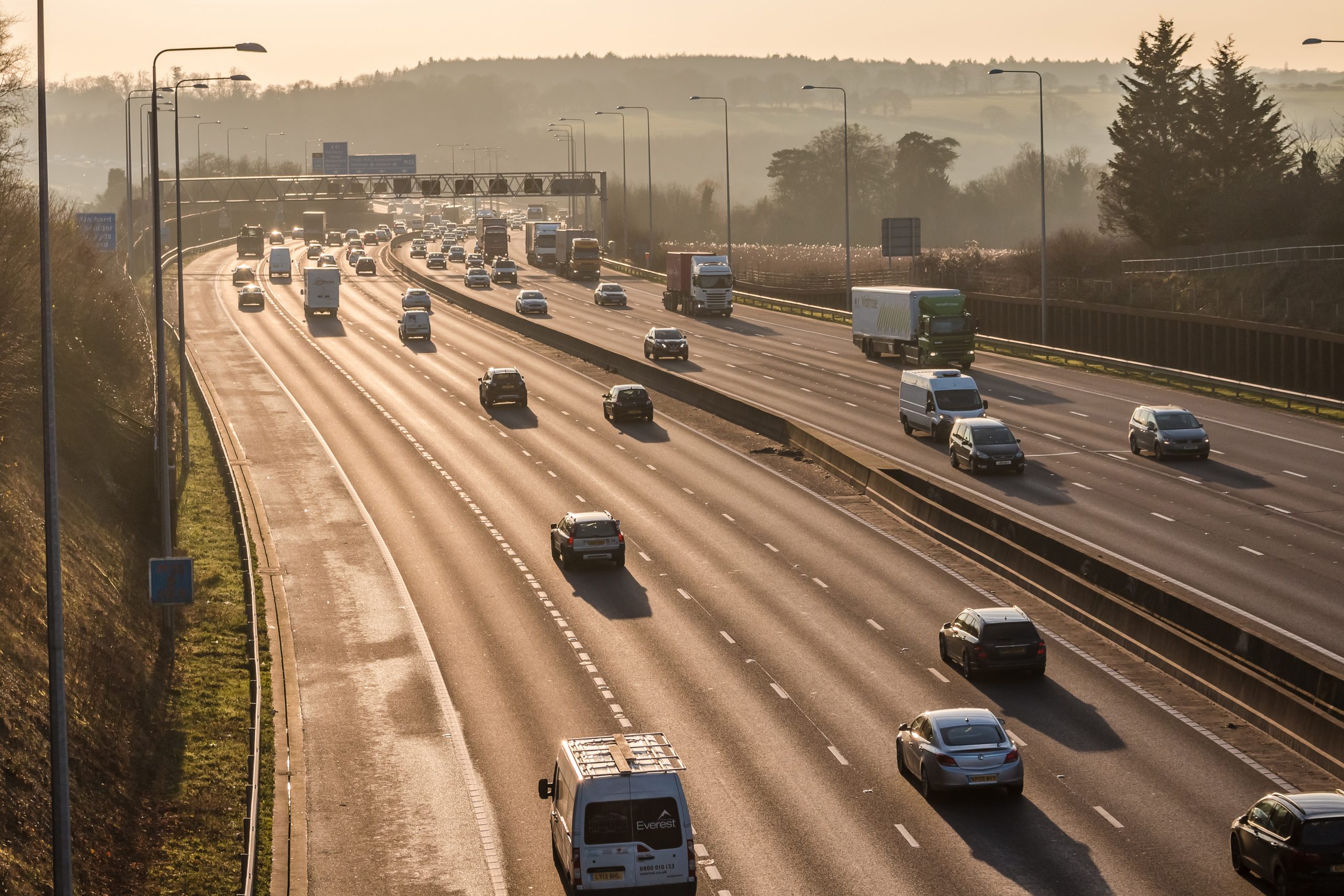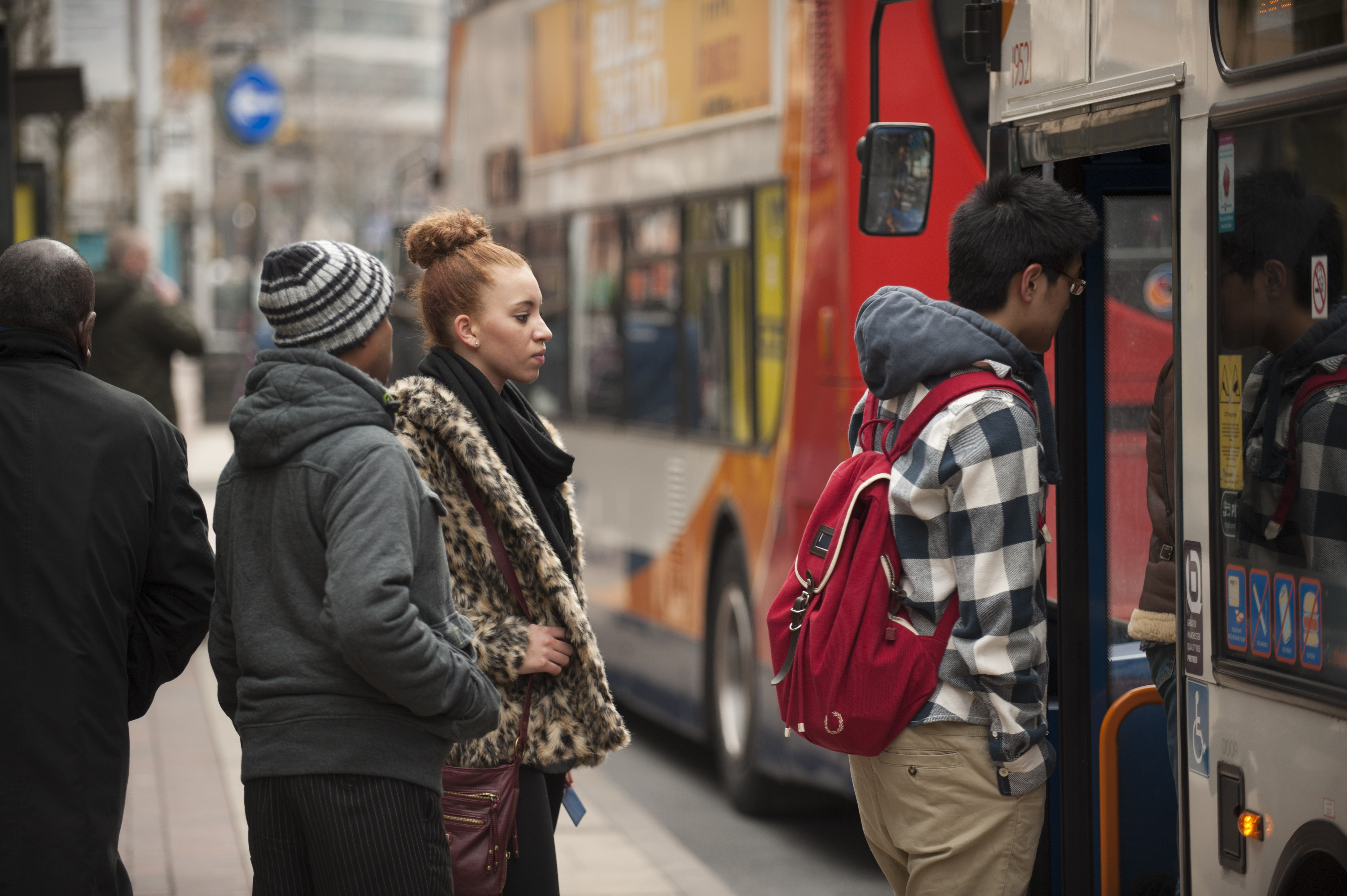
On the road to bus and tram passenger satisfaction
08 October 2018
Both of our annual bus and tram passenger surveys are underway again, with a team of researchers out during September, October and November encouraging passengers to take part.
As one Merseyside bus user told our researchers last year, the things that matter to them are completely logical: “ The bus arriving on time! Drivers acknowledging you! Not waiting at bus stops for no reason. Smoother driving, not slamming on the brakes!”
In total the Bus Passenger Survey this year will cover around 60 authority and operator areas and aim to gather the views of 47,000 passengers across England and Scotland. The Tram Passenger Survey is underway on Blackpool Tramway, Manchester Metrolink, Sheffield Supertram and West Midlands Metro and will gather the views of around 4,550 passengers this year.
These surveys have become the recognised measure of passenger satisfaction for these transport modes across the UK and an influential, useful tool for benchmarking and comparing the views of passengers. They help to pinpoint and drive improvements for passengers including new fare deals and enhanced customer service training for drivers. In some areas local and management teams are now directly assessed against the results.
The Bus Passenger Survey, now in its ninth year, always provides a rich picture of levels of satisfaction across the bus journey experience. As you might expect, bus passengers tell us that the key points for a satisfactory bus journey are the journey time, customer service from the driver, punctuality and reliability and the on-board environment.
The key to underpinning and securing improvements for passengers is the work done with the results. We take them out on the road across the country to talk them through with operators and local authorities to help drive firm improvements, highlight common issues and opportunities for sharing best practice.
We don’t predict the results but fully expect some issues to remain broadly top of people’s attention on both modes:
- congestion – a growing problem as ultimately the more people resort to their own car the more traffic this generates, especially during the afternoon peak
- ensuring services attract and offer younger people what they need is another widespread challenge
- recruiting and training bus drivers to ensure they have key customer service skills is crucial
- providing real-time and audio/visual passenger information brings more people back
It would introduce bias into the results if we collected data from people who actively ask to participate, but if you happen to be approached for either survey, do please take the opportunity to join in and have your say.






